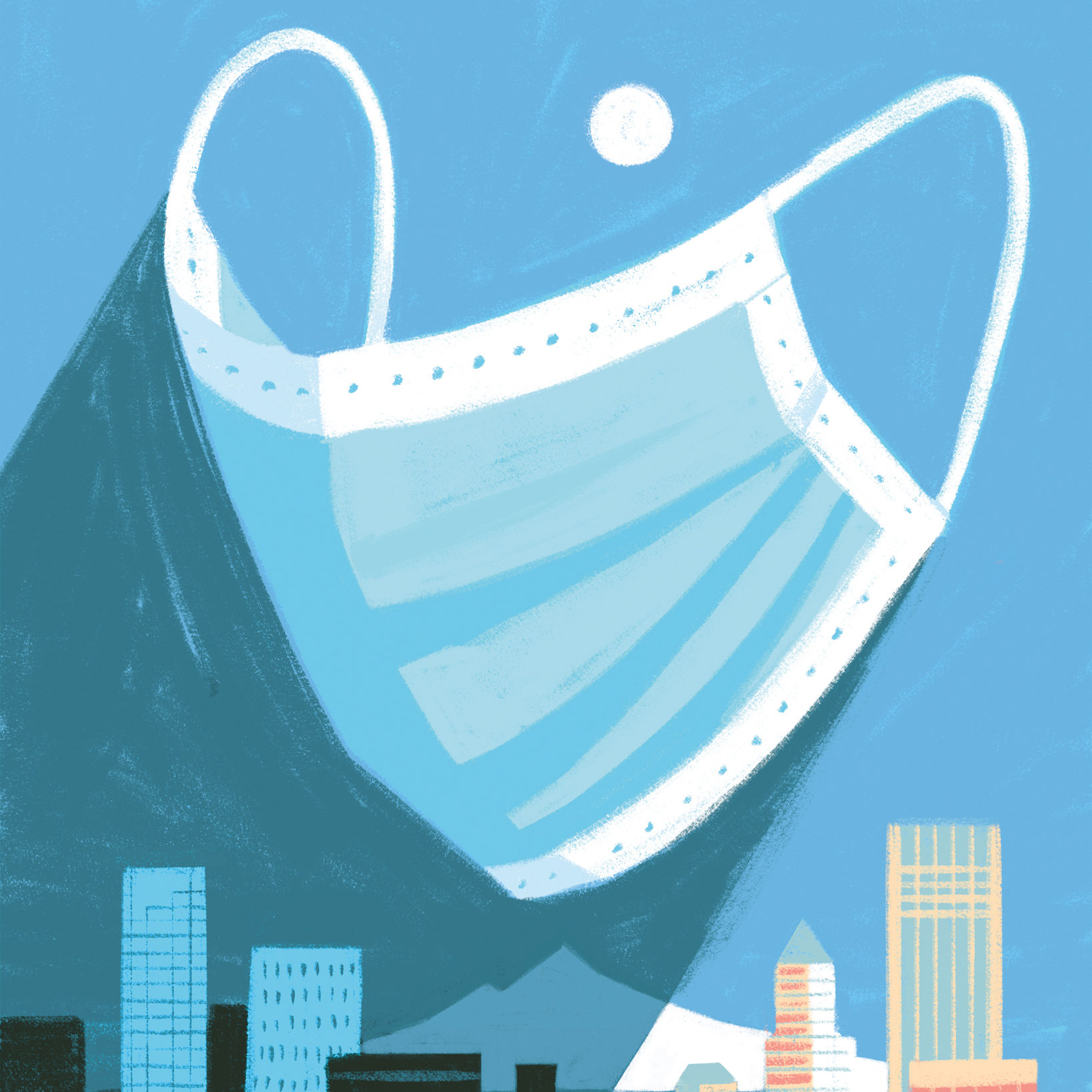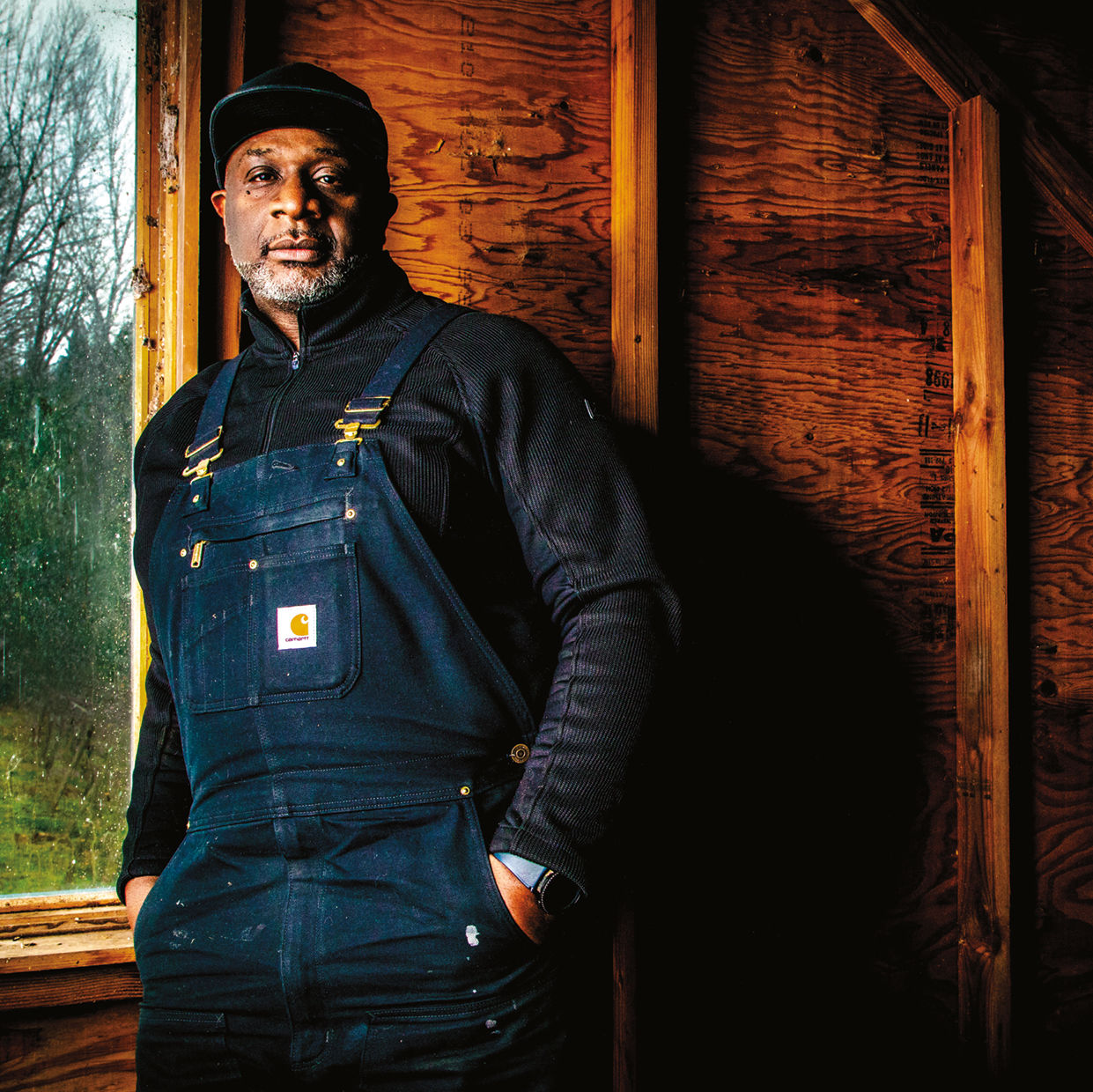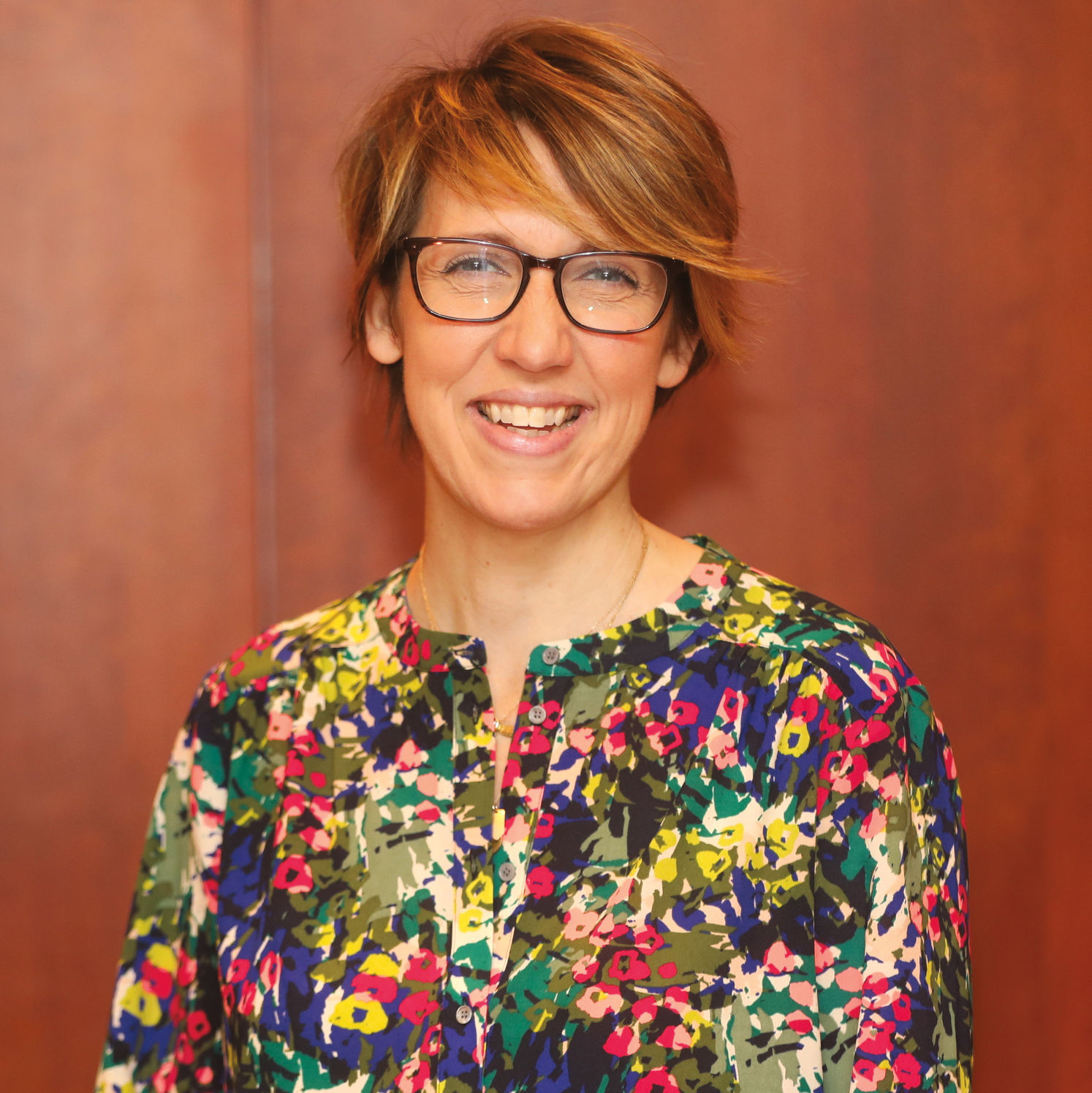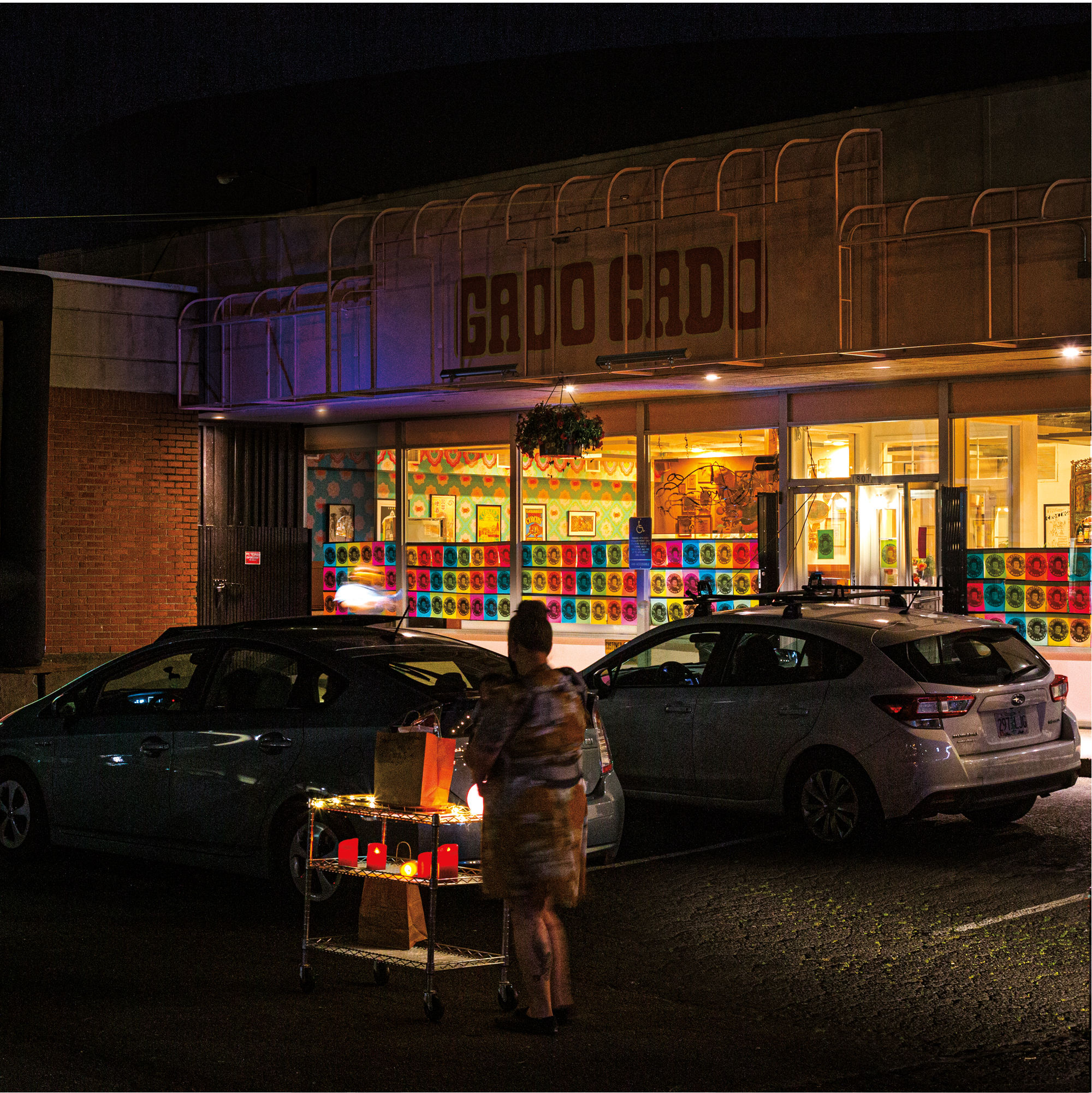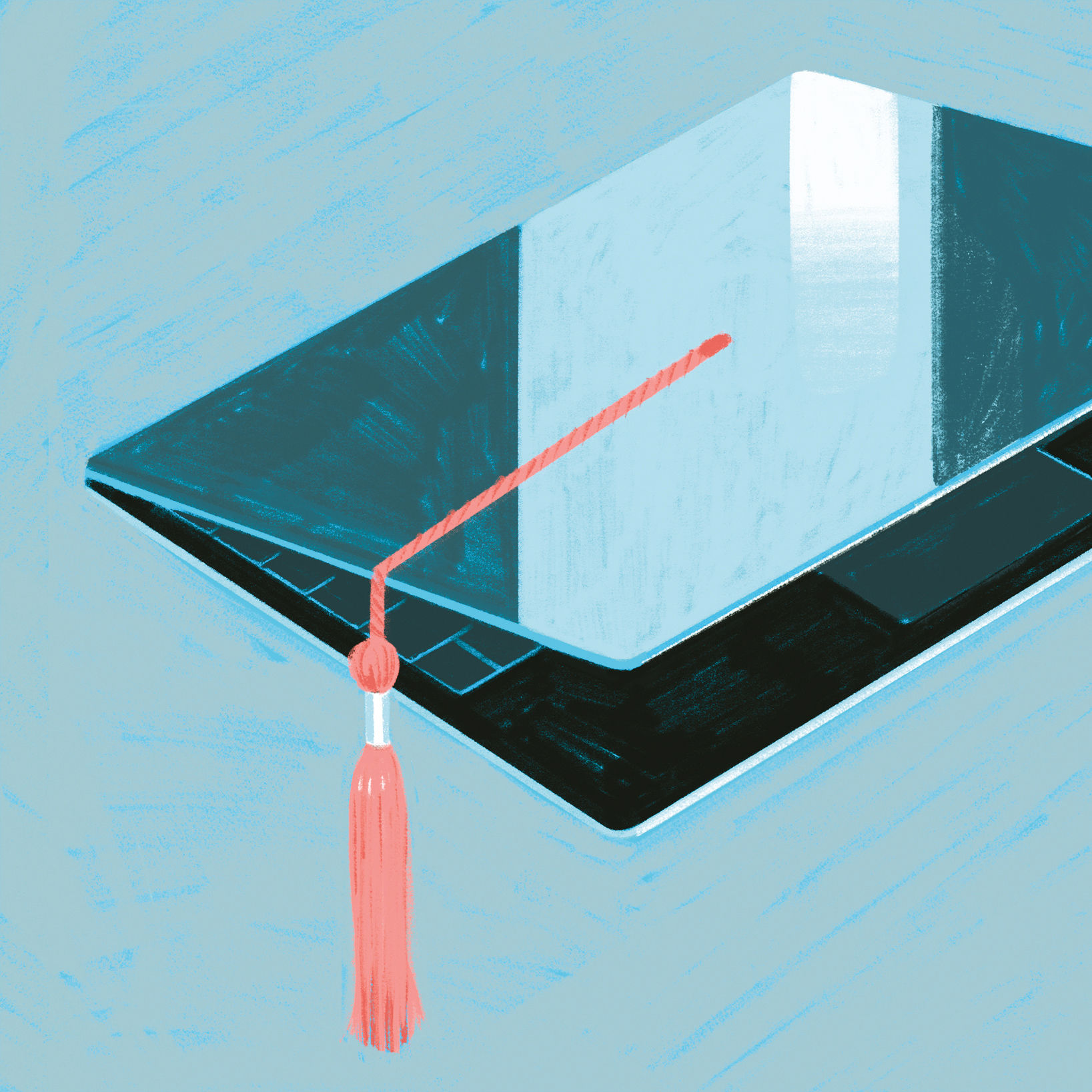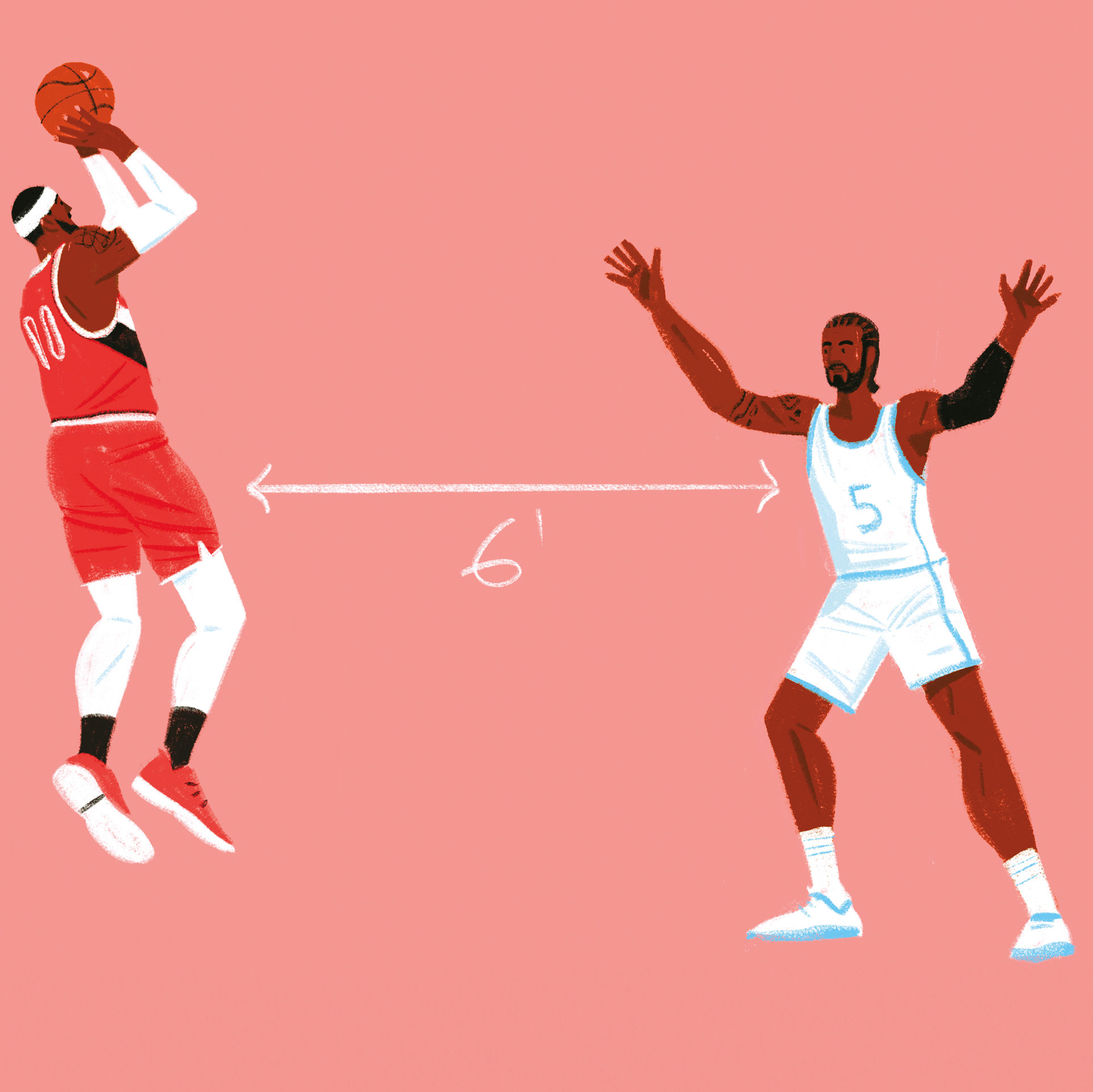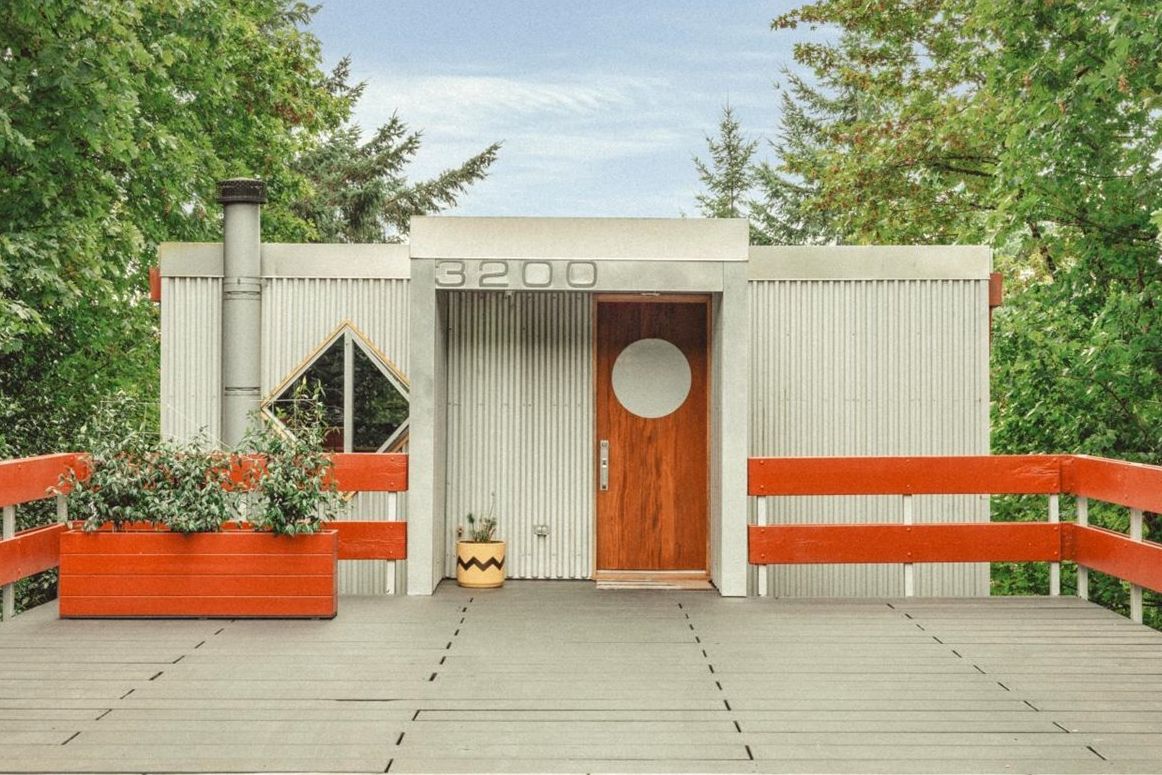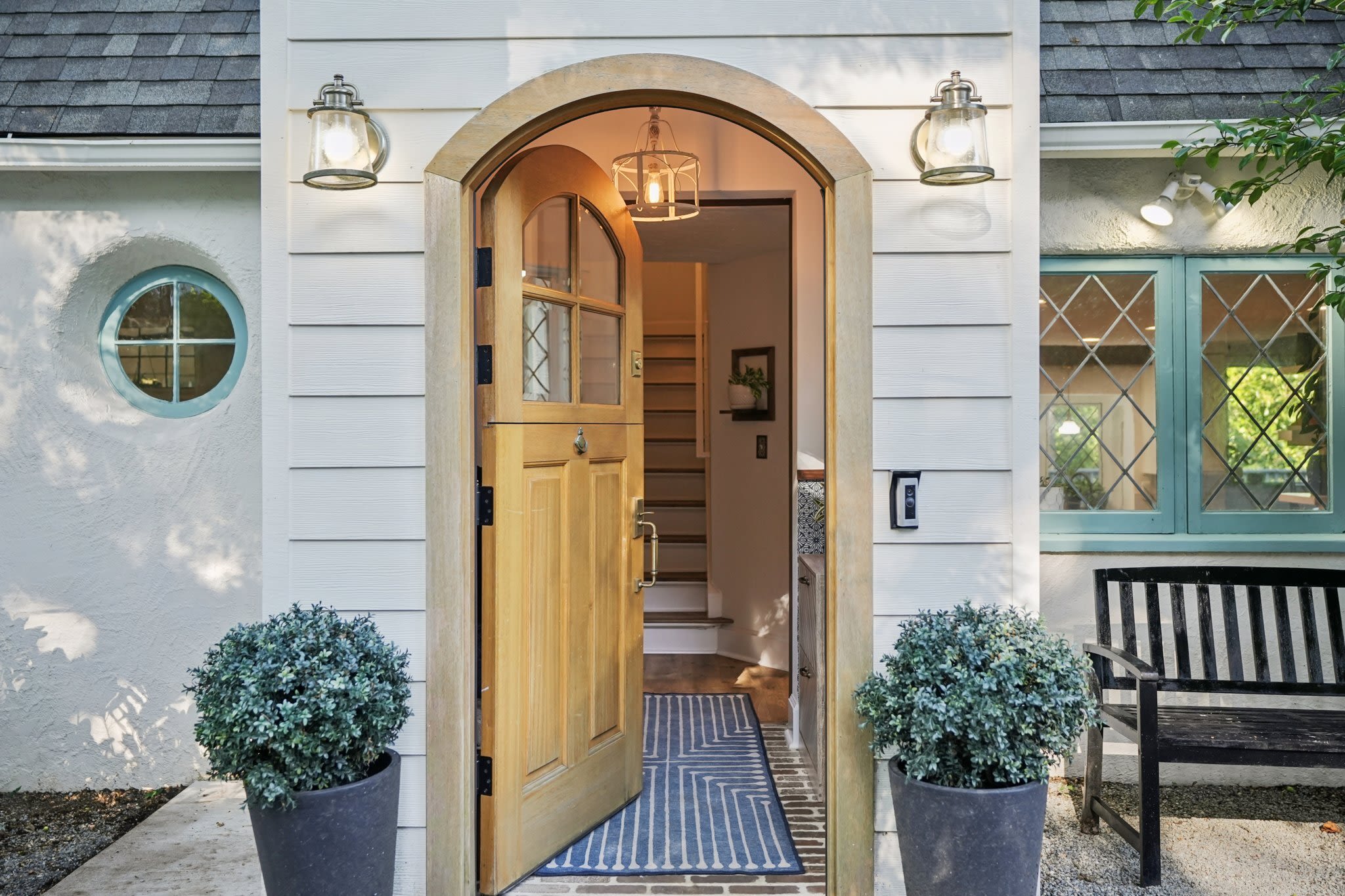Architect Kevin Cavenaugh Talks Coronavirus, the Future of Buildings
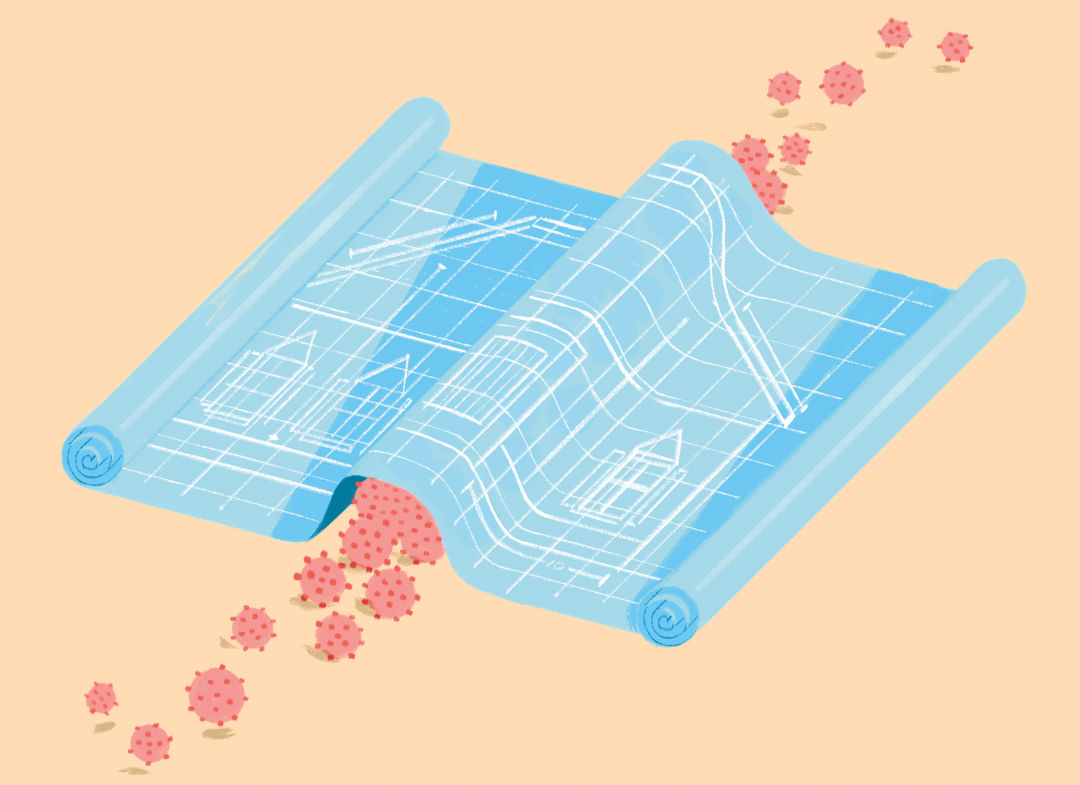
Image: Ryan Johnson
Kevin Cavenaugh knows his buildings aren’t for everyone. As creator of the Zipper on NE Sandy, Tree Farm by the Morrison Bridge, and, most famously, the wildly bemuraled Fair-Haired Dumbbell on NE Martin Luther King Jr. Boulevard, Cavenaugh’s made a name for himself as a developer willing to push the boundaries of design.
Retail isn’t dead ... it’s just changing.
“There’s four categories of space: residential, office, industrial, and retail, with restaurants nestled under retail. We’re all shopping from home, and delivery is such a massive thing. Now industrial is going to explode. There’s a need for warehouse space and refrigerated space ... that stuff is going to go through the roof, and that’s not changing. So that’s big. But I just don’t swim in those ponds. I’m more fascinated by restaurants. I loved doing the Ocean and the Zipper—and now Rocket Empire Machine, which is going to be at NE Glisan and 70th. It’s another food court, and the tables are communal. But I’m not putting the tables in right now. They’ll be sitting in a warehouse for two years.
“I talked to Gigantic Brewery [one of the new tenants], and I’m like, ‘Gosh, you guys, brewpubs don’t work anymore. No one can go and stand cheek to jowl and drink a pint.’ And the Gigantic owners were like, ‘Oh no, we’re fine. We’re doing home delivery. Do you want to be our driver? We can’t find enough drivers, we are so busy.’
“Applebee’s is screwed. Olive Garden is screwed, but we’re not screwed. We’re all becoming food carts with, you know, better heating systems, food carts that don’t have to worry about February. And that model has always worked. The small, nimble, creative, local entrepreneurs are going to be fine.”
A recession could tip the scales to better design.
“Before COVID, I was looking forward to a recession. I wasn’t looking forward to this—this is nothing I could have ever dreamed up in my biggest dystopian nightmare. But I wanted things to slow down because people in my position had too much power and the people that were occupying my buildings didn’t have enough power. I don’t blame the design community for bad designs. Architects are hired at phase one. Phase zero is the developer comes up with the idea: ‘This is what I can build here. Here’s how much money I can make. I’ve already done the math on how big it can be. Now you just tell me where to put the windows.’ If I’m given two pounds of clay, I can’t make a Rodin sculpture.
“So I was looking forward to the slowdown to change the supply-and-demand curve, and not have developers just put up ... oceans of Sheetrock. I call the two new buildings at the Sandy and 14th interchange Chipboard Canyon. It’s just gross. I want them to be empty. It’s a seller’s market and has been for years and years and years. I want it to be a buyer’s market where renters and buyers can be pickier and move toward good quality, good design, and good prices. And it’s been years since that’s happened.”
Portland’s layout is well positioned for the post-COVID future.
“We’re very granular with our buildings. People come here on vacation from Houston or Phoenix or most anywhere else—they’re like, I don’t understand why, but it just feels so European. We’re like this patchwork quilt of little buildings that make up blocks—the smallest city blocks of America. You’d never feel comfortable driving 50 miles an hour on a city street, whereas in other cities that’s the norm. So, that’s the city itself: it’s well set up in a pre-COVID and in a post-COVID world.
“I don’t think the post-COVID world is going to look a lot different than the pre-COVID world: We’re going to need office buildings downtown. We’re going to need apartments and houses. We’re going to need restaurants—the concept of restaurants isn’t going to go away, and there’ll be a day when I can sit at a table of strangers and it’s going to be fine and great. And I can’t wait for that. But my very fuzzy crystal ball says we’re a long ways away from that time. I can’t just push the pause button and wait.
“I chatted with a high-end-restaurant tenant yesterday and he’s like, ‘What should I do?’ I’m like, ‘Well, don’t just wait for it to be back to normal because it could be two years.’ Maybe we have a vaccine in a year or 15 months if we’re lucky. But then people might just not feel comfortable doing what they used to do. There’s a psychological element to it. I think we’ll likely be waiting a long time.
The home office will change.
“There’s this novelty working from home. It’s forced me to slow down. I see my family more. There’s some really attractive things to my lifestyle now, but they’re not sustainable. The novelty is wearing off quickly. I don’t want to walk past my dirty laundry and work from home. And what can I keep from these lessons I’m learning now and what can I jettison, and how will my buildings reflect that?”

